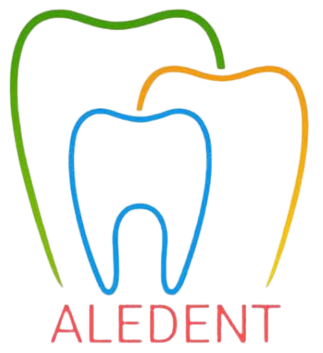In any dental practice, patient safety is non-negotiable — and proper sterilization of dental instruments plays a key role in infection control. Without consistent cleaning and sterilizing protocols, even high-quality tools can become a risk to both patients and practitioners. In this article, we’ll guide you through the step-by-step process of dental instrument sterilization.
Why Sterilization is Crucial
Dental instruments come into direct contact with saliva, blood, and tissue. If not sterilized properly, they can carry bacteria, viruses, and cross-contamination between patients. Effective sterilization ensures compliance with health standards and builds patient trust.
Step 1: Pre-Cleaning
Before sterilization, instruments should be rinsed under running water to remove blood, debris, or organic material. Use a soft brush or ultrasonic cleaner for better results. Do not allow debris to dry on the tools — clean them immediately after use.
Step 2: Ultrasonic Cleaning or Manual Scrubbing
Ultrasonic cleaning uses sound waves in a cleaning solution to loosen dirt from instruments. It is safer and more effective than manual scrubbing. However, if ultrasonic cleaning is not available, manual scrubbing with neutral pH detergents should be done using gloves and eye protection.
Step 3: Drying the Instruments
After cleaning, instruments must be dried completely to prevent rust and damage during sterilization. Use lint-free cloths or air-dryers. Moisture left on tools can reduce sterilization effectiveness.
Step 4: Packaging in Sterilization Pouches or Cassettes
Once dry, instruments should be packed in sterilization wraps, pouches, or stainless-steel cassettes. Label each pouch with the sterilization date and instrument type for tracking and inventory control.
Step 5: Autoclaving (Steam Sterilization)
Autoclaving is the most commonly used method for sterilizing dental tools. Instruments are placed in the autoclave chamber and exposed to high-pressure steam at 121–134°C for 15–30 minutes, depending on the equipment.
Key tips:
- Don’t overload the autoclave
- Arrange pouches properly to allow steam circulation
- Use biological or chemical indicators to confirm sterilization success
Step 6: Storage of Sterile Instruments
Once sterilized, instruments should be stored in clean, dry cabinets or drawers. Avoid excessive handling. Store pouches sealed until they are ready for use to maintain sterility.
What Instruments Require Sterilization?
All critical and semi-critical dental instruments must be sterilized after each use, including:
- Extraction forceps
- Elevators
- Explorers and probes
- Scalers and curettes
- Surgical scissors and mirrors
Conclusion
Following proper sterilization protocols is a professional responsibility — and an investment in patient care. It not only prevents the spread of infection but also protects your clinic’s reputation and compliance status.
At Aledent, all our instruments are autoclavable, made from corrosion-resistant stainless steel, and designed to withstand repeated sterilization cycles. Shop with confidence and elevate your clinical standards today.
